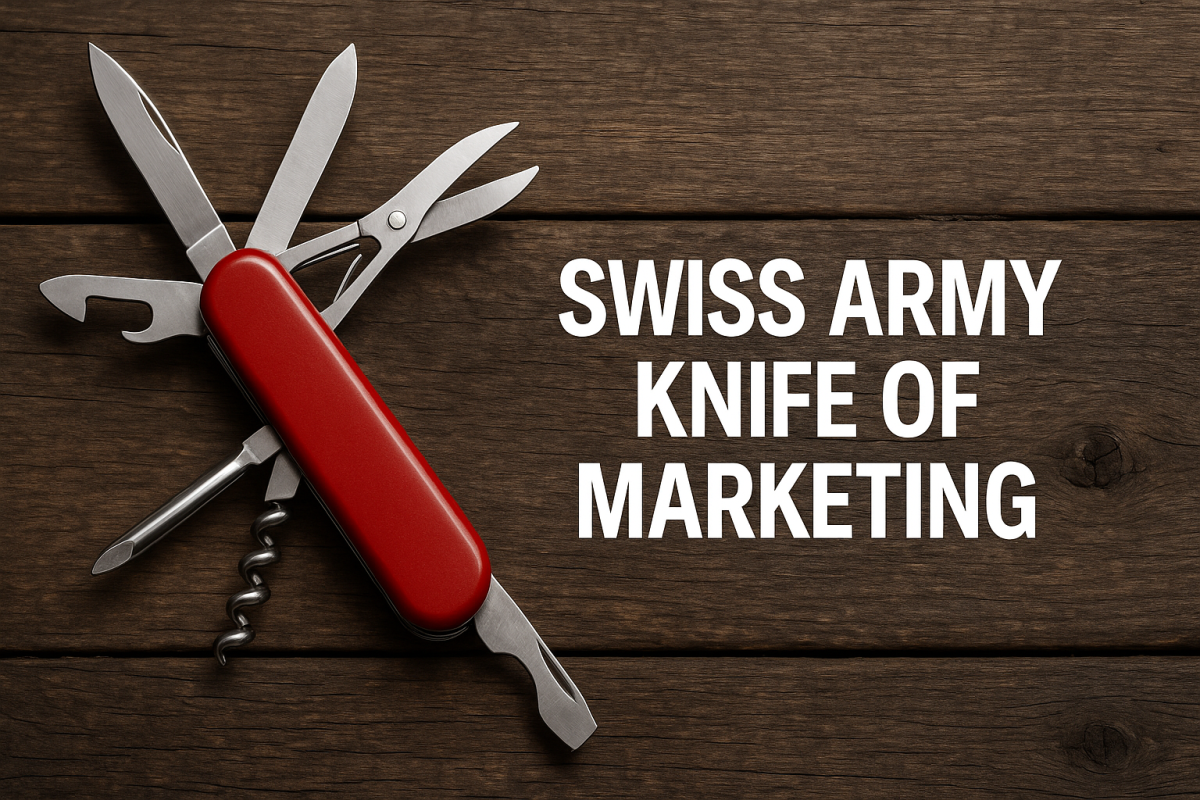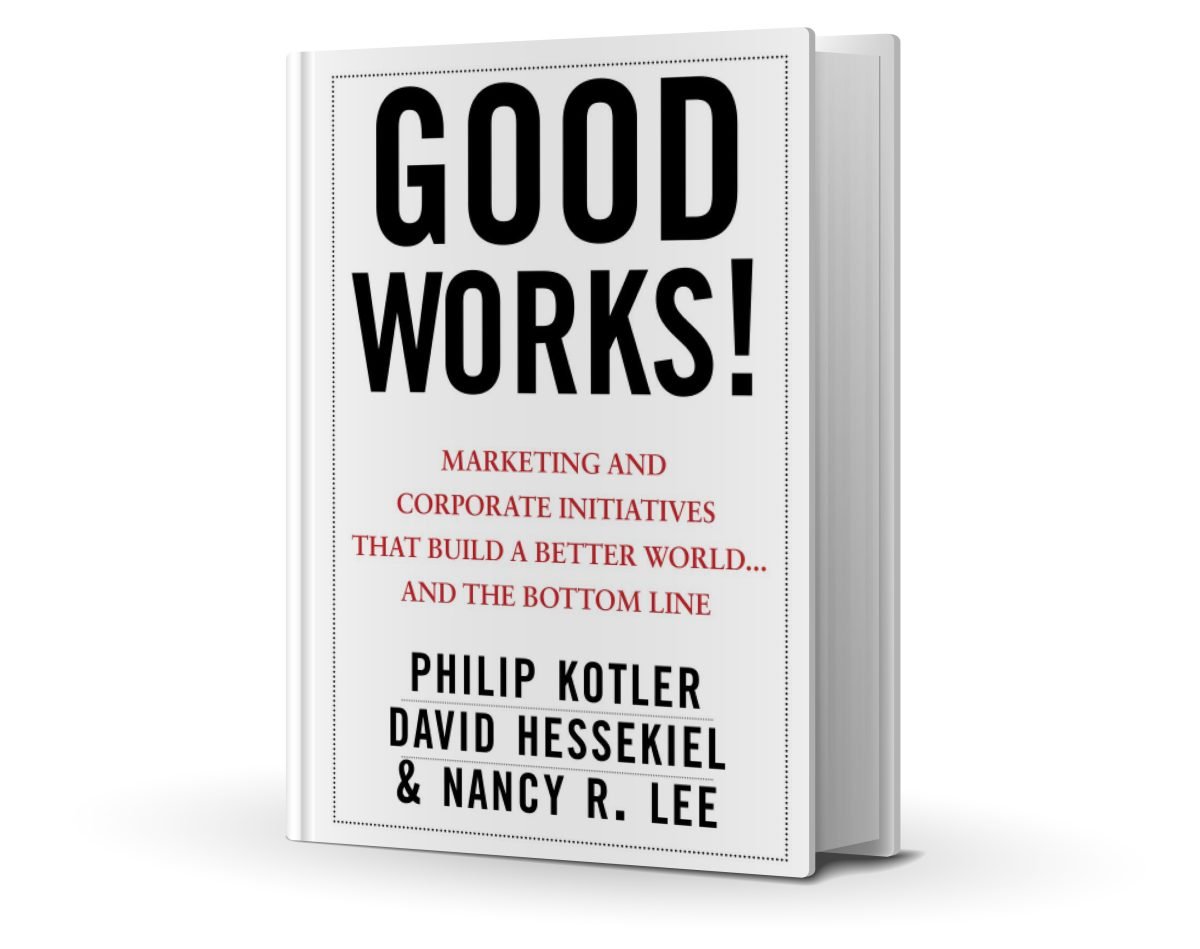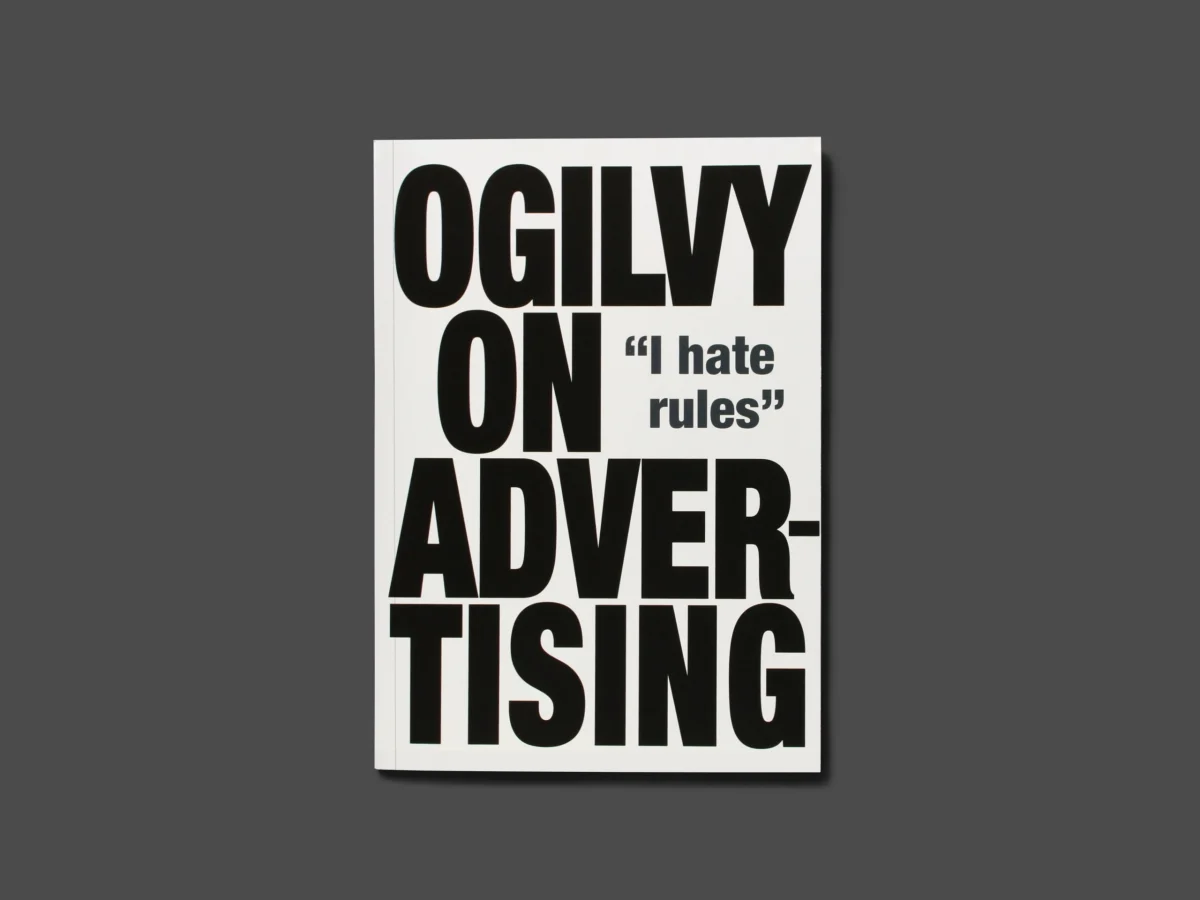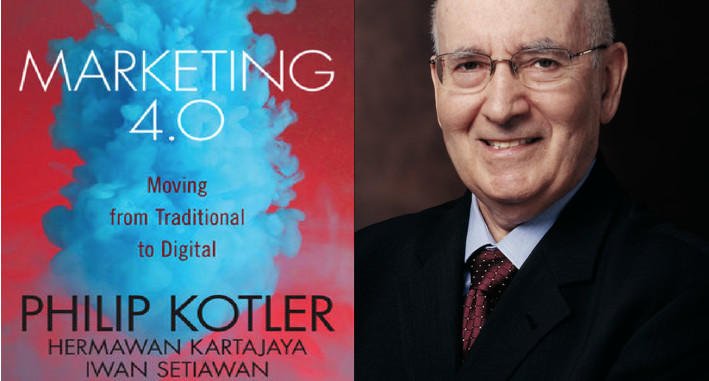Why “Programmatic is Problematic” Isn’t Just a Catchy Phrase — It’s a Real Industry Concern
Programmatic advertising has revolutionized the way digital media is bought and sold—offering automation, scale, real-time bidding, and granular targeting like never before. But behind the promise of efficiency lies a complex ecosystem riddled with pitfalls. From murky transparency and fraud to rising costs and data privacy headaches, many marketers find themselves struggling to control or even fully understand where their ad dollars are going.
In this guide, we’ll break down the most pressing challenges in programmatic advertising, and more importantly, provide practical, actionable solutions to help digital marketers navigate the chaos and maximize their ROI.
Challenge 1: Lack of Transparency in Programmatic Advertising
Essential Blocks Advanced Heading
What it means:
In programmatic advertising, transparency issues arise when advertisers cannot clearly see:
- Where their ads are being placed
- How much of their budget is going to actual media vs. tech fees
- Who the intermediaries are in the supply chain
- What results they’re truly getting (e.g. real users vs. bots)
This “black box” effect leads to mistrust, inefficiencies, ad fraud, and poor ROI.
Causes of Lack of Transparency
- Opaque supply chains: Multiple middlemen (DSPs, SSPs, ad exchanges) taking cuts
- Hidden fees: Tech platforms often take undisclosed margins
- Unknown ad placements: Ads show on poor-quality or irrelevant sites without the advertiser knowing
- No access to raw data: Limited visibility into impressions, bids, or performance metrics
- Resold inventory: One seller buys from another and resells it, creating layers of obfuscation
Solutions to Improve Transparency
| Solution | Description |
|---|---|
| Use Ads.txt & Sellers.json | These IAB standards help verify that inventory is sold by authorized and legitimate sellers. Ads.txt lives on the publisher side; sellers.json lives on the platform side. |
| Supply Path Optimization (SPO) | Choose fewer, high-quality SSPs and cut out unnecessary intermediaries. This reduces costs and increases visibility. |
| Work with Transparent DSPs | Partner with DSPs that offer log-level data, detailed fee breakdowns, and clear reporting on inventory sources. |
| Private Marketplaces (PMPs) | Instead of buying from open exchanges, negotiate deals directly with trusted publishers to control placement and pricing. |
| Audit Your Campaigns | Regularly review where ads appear, how much is spent at each layer, and which vendors are involved. Use tools like Adalytics or PwC audits. |
| Ask the Right Questions | Demand clarity from vendors: What % of spend goes to media? What are the platform and data fees? Who are the inventory sources? |
| Use Third-Party Verification | Tools like DoubleVerify, IAS, and Moat can verify if your ads appeared where and how you intended, with viewability and fraud metrics. |
Challenge 2: Ad Fraud & Invalid Traffic (IVT) in Programmatic Advertising
What it means:
Ad fraud and invalid traffic refer to fake or deceptive interactions with digital ads—where your ads are shown to bots instead of real humans, or charged on fake impressions/clicks. This wastes your budget and skews campaign performance data.
Common Types of Ad Fraud & IVT
- Bot Traffic: Automated scripts mimicking human users
- Click Farms: Low-paid workers repeatedly clicking ads
- Domain Spoofing: Fraudsters pretend to be premium publishers
- Pixel Stuffing: Ads are crammed into a single pixel (invisible to users)
- Ad Stacking: Multiple ads layered on top of each other—only one visible, but all get billed
- Fake App Installs / Conversions: Simulated installs or events from fake users
🔧 Solutions to Prevent Ad Fraud & IVT
| Solution | Description |
|---|---|
| Use Fraud Detection Tools | Implement tools like DoubleVerify, IAS, Moat, or Forensiq to detect and block fraudulent impressions before they’re purchased (pre-bid) or after (post-bid). |
| Buy Through Private Marketplaces (PMPs) | Deal directly with trusted publishers, avoiding the riskier open exchange inventory. PMPs have better quality control. |
| Enable Pre-Bid Filtering | Use your DSP’s pre-bid fraud filters to avoid bidding on suspicious inventory in real time. |
| Monitor Traffic Patterns | Look for abnormal spikes in impressions, unusually high click-through rates, or odd geolocations—signs of suspicious activity. |
| Review IP and Device IDs | Filter out traffic from known data centers, high-risk IPs, or suspicious devices. |
| Regular Audits and Blacklists | Audit campaigns regularly, use blocklists for fraudulent domains, and update them frequently. |
| Ad Verification Tags | Embed verification pixels/tags that independently track ad delivery and detect fraud. |
| Work with Certified Partners | Partner with platforms and agencies who are TAG (Trustworthy Accountability Group) certified against fraud. |
Challenge 3: Poor Creative Performance in Programmatic Advertising
What it means:
Even the best targeting won’t save a campaign if the ad creatives are weak. Poorly designed, irrelevant, or non-responsive creatives lead to low engagement, banner blindness, and wasted impressions. In programmatic, where ads appear across a vast range of devices and environments, one-size-fits-all designs don’t work.
Symptoms of Poor Creative Performance
- Low click-through rates (CTR)
- Poor engagement or conversion rates
- High bounce rates post-click
- Ads rendering incorrectly or slowly
- Ads getting skipped or ignored entirely
Common Causes
- Generic messaging not tailored to audience segments
- Poor visuals or slow-loading assets
- Wrong ad size or format for the environment
- No clear CTA (Call-to-Action)
- Same creative shown repeatedly — leading to ad fatigue
- Mismatch between creative and landing page
Solutions to Improve Creative Performance
| Solution | Description |
|---|---|
| Dynamic Creative Optimization (DCO) | Use technology to automatically adjust text, images, and CTAs based on user data, context, or behavior in real time. |
| A/B Testing | Continuously test multiple versions of creatives to see which headlines, visuals, or CTAs perform best across audiences. |
| Use Responsive/Adaptive Design | Ensure creatives adjust perfectly across all screen sizes and placements (mobile, desktop, tablet). |
| Match Creative to Funnel Stage | Use different messages for awareness (storytelling), consideration (benefits), and conversion (offers, urgency). |
| Personalize with Audience Data | Tailor creatives using insights like location, browsing history, or demographics to boost relevance. |
| Invest in Rich Media & Video | Interactive formats like swipeable carousels or short videos increase engagement more than static banners. |
| Rotate Creatives Frequently | Avoid “ad fatigue” by refreshing creatives regularly and limiting frequency per user. |
| Align with Landing Page | Ensure the message, design, and CTA of the ad matches what users see after the click—this reduces bounce and increases conversions. |
Pro Tip
Use creative heatmaps or eye-tracking tools (like Crazy Egg or Hotjar) to understand how users interact with your ad designs and optimize them accordingly.
Bonus Tip
Consider creating a “Creative Matrix” — a grid of combinations (audience segments × creative variations) to ensure coverage and maximize personalization potential.
Challenge 4: Viewability Issues in Programmatic Advertising
What it means:
Viewability refers to whether your ad was actually seen by a human user. According to IAB standards, an ad is considered “viewable” if:
- 50% of a display ad is in view for at least 1 second
- 50% of a video ad is in view for at least 2 seconds
In programmatic, many ads are served but never truly seen – because they’re below the fold, on invisible tabs, in tiny pixels, or buried in low-quality placements.
Causes of Low Viewability
- Ad placement below the fold (user never scrolls down)
- Ads served in cluttered environments or on non-premium sites
- Ad stacking or pixel stuffing (technically served but not visible)
- Slow-loading creatives (user scrolls past before ad appears)
- Auto-play videos out of focus or in muted tabs
Solutions to Improve Ad Viewability
| Solution | Description |
|---|---|
| Set Viewability Targets | Define clear KPIs like “minimum 70% viewability” and enforce them in your DSP settings. |
| Use Viewability Filters | Apply pre-bid filters in your DSP to only bid on inventory with high historical viewability rates. |
| Buy on Quality Inventory | Favor premium publishers, private marketplaces (PMPs), or direct deals where placement is controlled. |
| Responsive & Fast-Loading Ads | Optimize ad file sizes and load speed to ensure visibility before the user scrolls away. |
| Leverage Sticky & In-View Formats | Use formats like sticky banners, native ads, or in-article placements that remain in the user’s viewport. |
| Monitor Viewability Metrics | Track performance using third-party tools like MOAT, DoubleVerify, or IAS to measure true in-view impressions. |
| Blacklist Low-Viewability Sites | Continuously audit placements and exclude sites that consistently underperform on viewability. |
| Test Placement Strategies | Experiment with above-the-fold, mid-article, or in-feed placements to find the highest-impact locations. |
Pro Tip
When optimizing for viewability, also balance with engagement — don’t just chase high viewability rates at the cost of user experience (e.g., pop-ups or disruptive formats).
Challenge 5: Data Privacy and Compliance in Programmatic Advertising
What it means:
With growing global concerns over personal data usage, governments have enforced strict data privacy laws such as GDPR (EU), CCPA (California), and LGPD (Brazil). In response, tech giants like Google and Apple are phasing out third-party cookies and limiting device tracking.
For programmatic campaigns, this creates a massive shift: less data = less precision, making targeting, personalization, and measurement more difficult.
Key Challenges
- Loss of Third-Party Cookies (cookie deprecation in Chrome, already blocked in Safari/Firefox)
- Consent Requirements: Collecting and managing user consent properly across geographies
- Limited IDFA Access on iOS Devices
- Inconsistent compliance across platforms and regions
- Heavier scrutiny and legal risks for non-compliance
Solutions for Privacy-Safe Programmatic Advertising
| Solution | Description |
|---|---|
| Leverage First-Party Data | Build and use your own customer data (email, site behavior, CRM data) for targeting and lookalike modeling. |
| Implement a Consent Management Platform (CMP) | Use tools like OneTrust, TrustArc, or Quantcast Choice to capture and manage user consent in line with regulations. |
| Use Contextual Targeting | Target content categories (e.g., travel blogs) instead of personal behavior. Tools like Grapeshot or Peer39 offer contextual intelligence. |
| Adopt Privacy-Safe IDs | Use alternatives to cookies like Unified ID 2.0, LiveRamp’s IdentityLink, or Google’s Privacy Sandbox (e.g., Topics API). |
| Clean Room Integrations | Use data clean rooms (e.g., Google Ads Data Hub, Amazon Marketing Cloud) to match audience data while preserving privacy. |
| Segment by Geography & Compliance | Ensure your campaigns are tailored by region, only using compliant data where allowed. |
| Minimize Data Collection | Limit personal data capture to what’s necessary, and anonymize where possible. |
| Regular Privacy Audits | Review your ad tech stack, cookie usage, and data partners for ongoing compliance with privacy laws. |
Pro Tip
Start shifting your strategy from identity-based targeting to intent- and context-based advertising. This not only aligns with privacy trends but also strengthens resilience in a cookie-less world.
Challenge 6: Too Many Middlemen — The “Tech Tax” in Programmatic Advertising
What it means:
In the programmatic supply chain, your ad spend passes through multiple layers of vendors—Demand-Side Platforms (DSPs), Supply-Side Platforms (SSPs), ad exchanges, data providers, verification tools, and others. Each of them takes a cut, often hidden in opaque fee structures.
This results in a significant portion of your budget never reaching the publisher, and a distorted view of what your ad dollars are really buying.
What Happens Due to Tech Tax
- Advertisers pay $1, but publishers may only receive $0.30–$0.50
- Marketers lose control over performance optimization
- Increased cost per acquisition (CPA) and decreased ROI
- Difficulty in measuring true media value
Solutions to Reduce the Tech Tax
| Solution | Description |
|---|---|
| Supply Path Optimization (SPO) | Choose the most efficient path to inventory by partnering with fewer, high-quality SSPs. Cut out redundant intermediaries. |
| Demand Transparency | Ask your DSP or agency for a detailed breakdown of fees (media cost vs. tech fees, platform fees, data fees, etc.). |
| Use Full-Stack Platforms | Work with platforms that offer end-to-end capabilities (e.g., The Trade Desk, Google DV360) to reduce vendor layering. |
| Private Marketplaces (PMPs) | Run direct deals with publishers through PMPs to avoid open exchange fees and retain control. |
| Direct Programmatic Deals (Programmatic Guaranteed) | Bypass the exchange altogether by transacting directly with publishers via automation. |
| Run an Independent Audit | Use third-party auditors or tools (e.g., PwC, Adalytics) to trace how much of your budget reaches real media. |
| Use Transparent SSPs | Partner with SSPs that are certified by TAG, IAB Gold Standard, or are members of Trustworthy Accountability Group (TAG). |
| Avoid Overlapping Tools | Don’t use multiple layers of verification, targeting, or optimization tools unless needed—they each add a fee. |
Pro Tip
Build a “Media Efficiency Scorecard” that compares:
- Gross media spend
- Net publisher revenue
- Impressions/viewability
- ROI by supply path
This helps you identify which platforms or paths are most efficient.
Challenge 7: Measurement & Attribution Complexity in Programmatic Advertising
What it means:
Measuring success in programmatic campaigns isn’t as straightforward as counting clicks. With multiple channels (display, video, native, mobile, CTV), fragmented user journeys, device switching, and walled gardens (e.g., Google, Meta, Amazon), it becomes difficult to attribute conversions accurately and decide which touchpoint drove value.
The result? Confusing metrics, conflicting reports, and misguided optimizations.
Key Measurement Challenges
- Multi-device user journeys (mobile → desktop → tablet)
- Walled garden platforms don’t share full data
- Cookie limitations & tracking restrictions
- Last-click attribution overvalues bottom-funnel actions
- Offline conversions not tracked in digital journey
- Attribution windows misaligned across channels
Solutions for Smarter Measurement & Attribution
| Solution | Description |
|---|---|
| Use Multi-Touch Attribution (MTA) | Move beyond last-click. MTA assigns value across multiple touchpoints (e.g., awareness → consideration → conversion). Tools: Adobe, AppsFlyer, Segment. |
| Implement Unified Measurement Platforms | Use centralized dashboards (e.g., Google Campaign Manager 360, Tableau, Looker) to bring together cross-channel metrics. |
| Adopt Incrementality Testing | Run holdout/control group tests to measure the true lift of a campaign, especially for upper funnel. |
| Define Clear KPIs per Funnel Stage | Don’t expect all campaigns to convert. Separate metrics for awareness (reach, viewability), engagement (CTR, time-on-site), and conversions (ROAS, CPA). |
| Integrate Offline Data | Connect CRM or point-of-sale data with ad platforms using tools like LiveRamp or HubSpot to track offline conversions. |
| Use Conversion APIs & Server-Side Tracking | Improve data accuracy by bypassing browser limitations (e.g., Meta CAPI, Google Enhanced Conversions). |
| Standardize Attribution Windows | Align attribution models and windows across platforms to get consistent reporting (e.g., 7-day click vs. 1-day view). |
| Collaborate With Data Partners | When working with media or data agencies, ensure shared access to raw log files, data schemas, and UTM tagging standards. |
Pro Tip
Build a custom attribution model based on your business logic (e.g., weighted linear, time decay, position-based). This gives better insights than generic models like last-click.
Challenge 8: Low Brand Safety in Programmatic Advertising
What it means:
Brand safety refers to ensuring your ads don’t appear next to harmful, offensive, or inappropriate content—like hate speech, fake news, adult material, extremist content, or politically divisive content. In programmatic advertising, where ads are bought and placed automatically at scale, losing control of context is a real risk.
One wrong placement can hurt brand reputation, customer trust, and even result in public backlash.
Examples of Brand Safety Failures
- A luxury brand ad appearing next to fake news or conspiracy content
- A children’s product ad placed on a violent gaming site
- A healthcare ad shown beside misleading medical information
- A financial ad served on a phishing site
Solutions to Ensure Brand Safety
| Solution | Description |
|---|---|
| Use Brand Safety Tools | Platforms like DoubleVerify, IAS, and Moat help scan page content and flag risky placements before bidding. |
| Apply Blocklists and Whitelists | Block categories (e.g., crime, violence) and domains you don’t want, and whitelist trusted sites only. |
| Use Contextual Targeting | Place ads based on safe, relevant content context rather than user behavior. Tools: Grapeshot, Peer39. |
| Bid in Private Marketplaces (PMPs) | Partner directly with reputable publishers who offer brand-safe environments. |
| Leverage DSP Brand Safety Settings | Most demand-side platforms allow custom filters by content categories, language, and site reputation. Turn them on. |
| Use Keyword Exclusion Lists | Exclude pages with keywords like “death,” “crisis,” “war,” etc., to avoid problematic article placements. |
| Monitor Placement Reports Regularly | Conduct ongoing audits of where your ads ran and update blocklists based on new threats. |
| Run Pre-Bid Brand Safety Filters | Prevent bad placements from happening in the first place instead of cleaning up afterward. |
Pro Tip
Don’t just exclude broad topics—analyze sentiment and tone. For example, news about “medicine” could be positive or negative; use AI-based tools to understand context, not just keywords.
Final Thoughts: Making Programmatic Work for You
Programmatic advertising offers incredible potential—scalable reach, precise targeting, real-time optimization—but only if you navigate its pitfalls with clarity and control. From ad fraud and poor creatives to measurement issues and brand safety risks, each challenge is real—but solvable.
The key lies in:
- Asking the right questions
- Choosing the right partners
- Leveraging the right tools
In a world where automation can lead to both efficiency and chaos, human strategy, oversight, and ethical decision-making are more vital than ever. The brands that thrive in programmatic aren’t just data-driven—they’re transparency-driven.
So the next time someone says, “Programmatic is problematic,” you’ll be ready to reply:
“Only if you’re not doing it right.”







